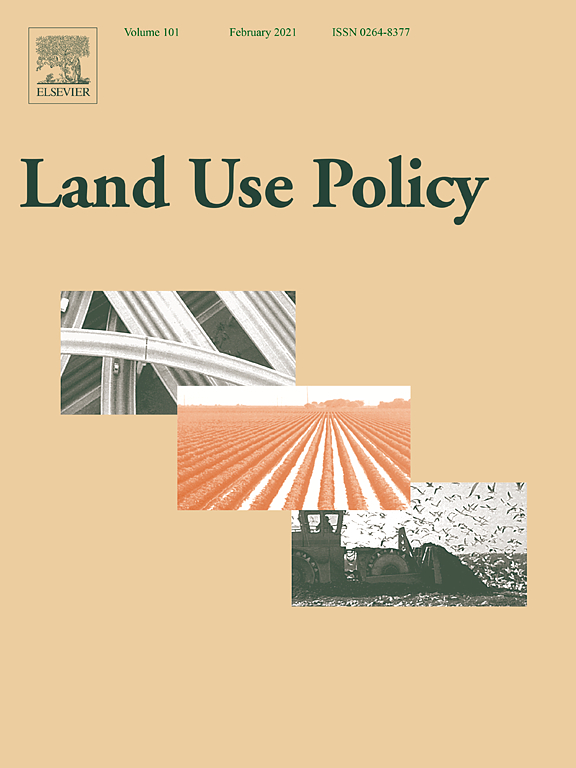Combining management plans and payment schemes for targeted grassland conservation within the Habitats Directive in Saxony, Eastern Germany
As central policies for biodiversity conservation in agricultural landscapes in the European Union (EU), the Habitats Directive and Agri-environmental programmes (AEP) have largely failed to halt biodiversity loss. In response, the German federal state of Saxony combined the instrument of management plans with AEPs to support the implementation of the Habitat Directive. In this study, we investigate the determinants of a farmers’ decisions to adjust their farming practices.


